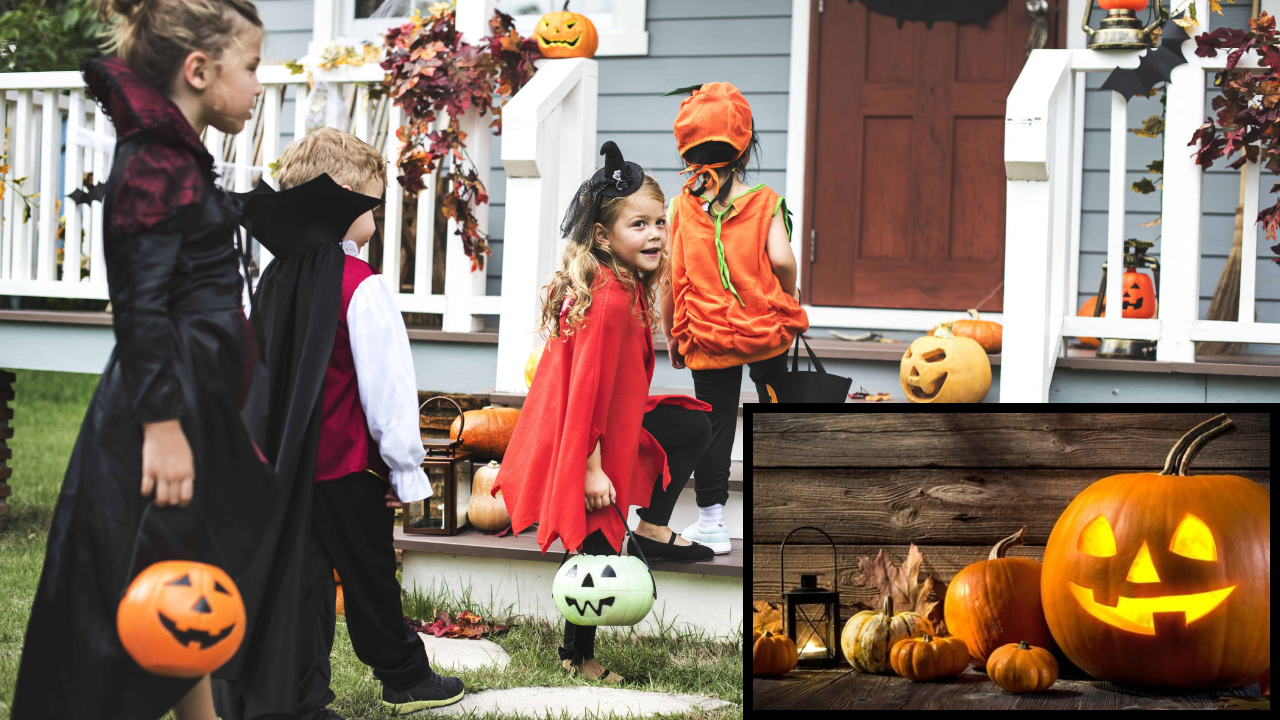 English
English

From lighting jack-o’-lanterns to whispering to spirits at midnight, Halloween’s rituals hide centuries of mystery, myth, and meaning. But how did these eerie traditions evolve from ancient Celtic rites to today’s candy-filled celebration?

Halloween’s origins trace back to the Celtic festival Samhain.
New York: Before costumes, candy, and haunted houses, Halloween was about survival, spirits, and seasons. The festival traces its origins to the ancient Celtic celebration of Samhain (pronounced “sow-in”), held more than 2,000 years ago in what is now Ireland and parts of Scotland.
The Celts believed that on the night of October 31, the veil between the living and the dead was at its thinnest. Spirits of ancestors could visit the mortal world and not all of them were friendly. Villagers would light massive bonfires to ward off evil and offer food to appease wandering souls.
As Christianity spread, the festival merged with All Hallows’ Eve, the night before All Saints’ Day, giving rise to the modern term “Halloween.”
The tradition of wearing costumes has a darker past than most realize. In ancient times, people disguised themselves as ghosts or animals to confuse malevolent spirits who roamed freely on Samhain night.
Halloween 2025: When, Why And How; All About This Spooky Festival
Today’s fun costumes from witches to superheroes echo that ancient act of protection. “It’s a way of playing with identity and confronting fear safely,” explains folklore expert Dr. Sarah Winston. “Halloween lets us laugh at what once terrified us.”
Carving pumpkins, or jack-o’-lanterns, stems from an Irish legend about Stingy Jack, a trickster who fooled the devil and was condemned to roam the earth with only a hollowed turnip and a burning coal. When Irish immigrants arrived in America, they found pumpkins more plentiful and easier to carve.
Today, the glowing jack-o’-lantern remains Halloween’s most recognizable symbol, symbolizing both light and protection against darkness.
Halloween 2025: When, Why And How; All About This Spooky Festival
Some Halloween rituals still honor the dead directly. In Mexico, Día de los Muertos (Day of the Dead) overlaps with Halloween, celebrating departed loved ones with candles, marigolds, and favorite foods. In parts of Europe, families still set an extra place at dinner for ancestral spirits.
In modern pagan and Wiccan traditions, Samhain continues to be one of the year’s most sacred festivals, marked by reflection, remembrance, and ritual circles.
“Trick or treat” began as “souling” in medieval England, when the poor visited homes offering prayers for the dead in exchange for cakes. Over centuries, the custom evolved into children visiting houses for candy, swapping superstition for sugar.
Despite its eerie roots, Halloween has become one of the world’s most beloved celebrations. Psychologists suggest it provides a form of “controlled fear” allowing people to explore darkness in a safe, communal way.
“Halloween connects us to the primal need to face what frightens us,” says behavioral expert Dr Martin Lewis. “It’s ancient therapy wrapped in costume and candy.”